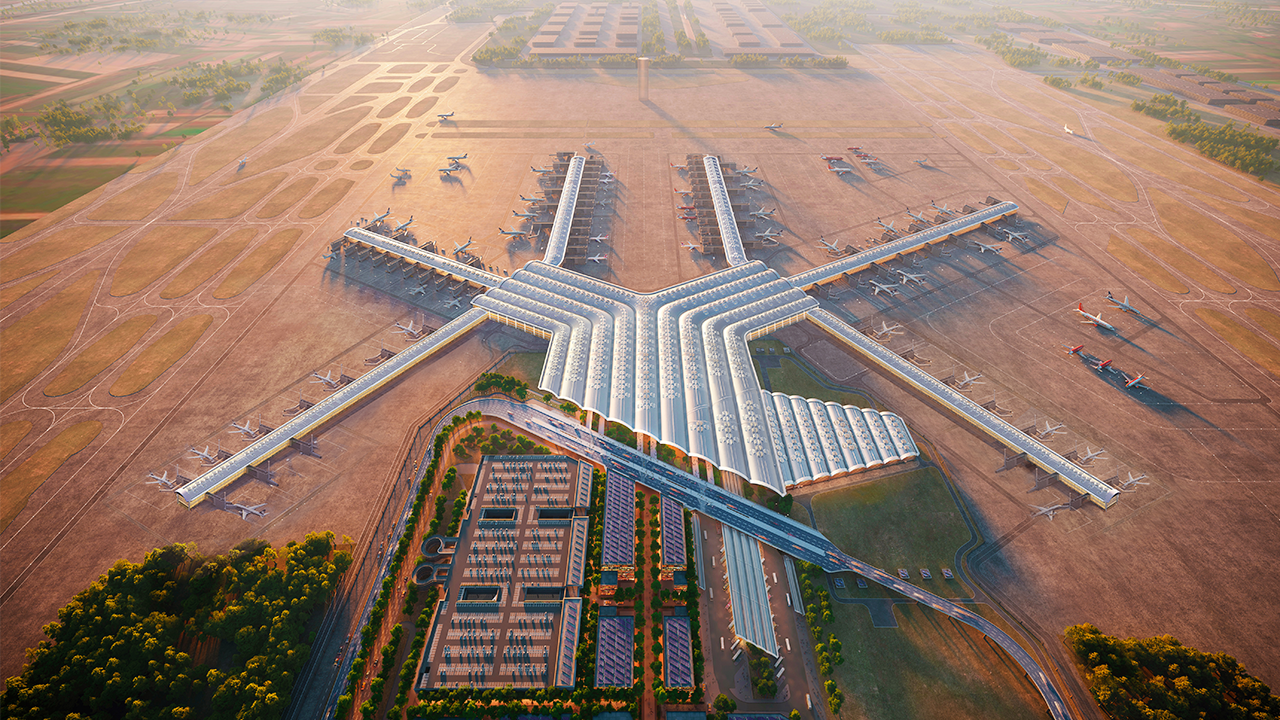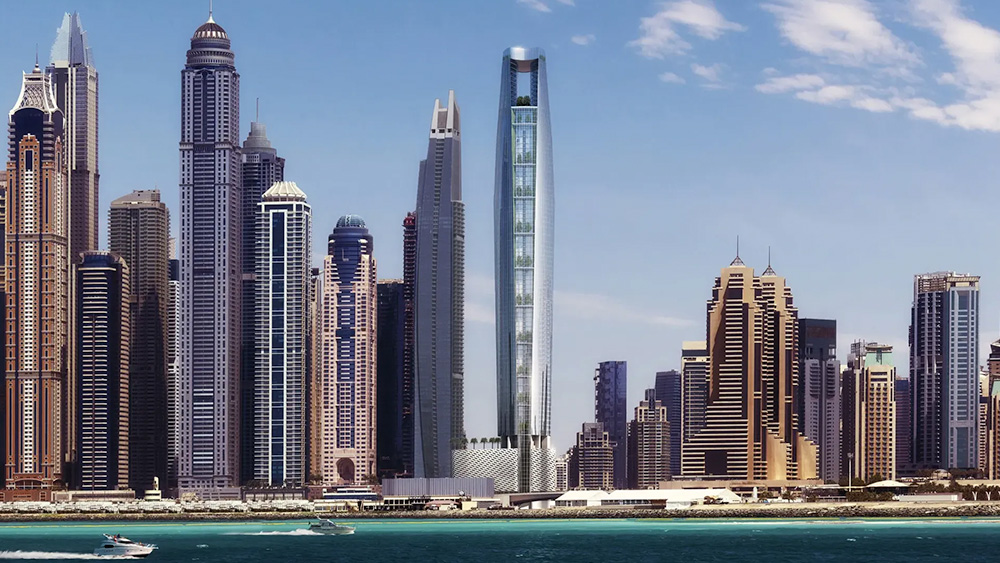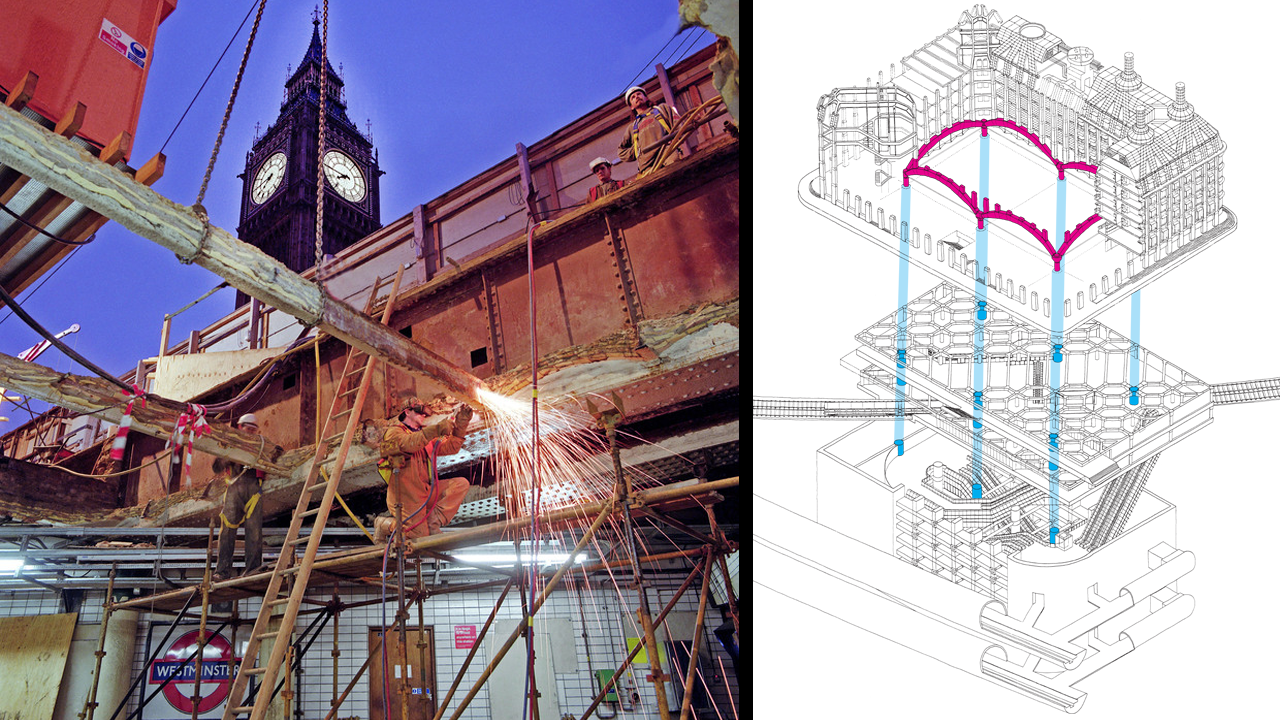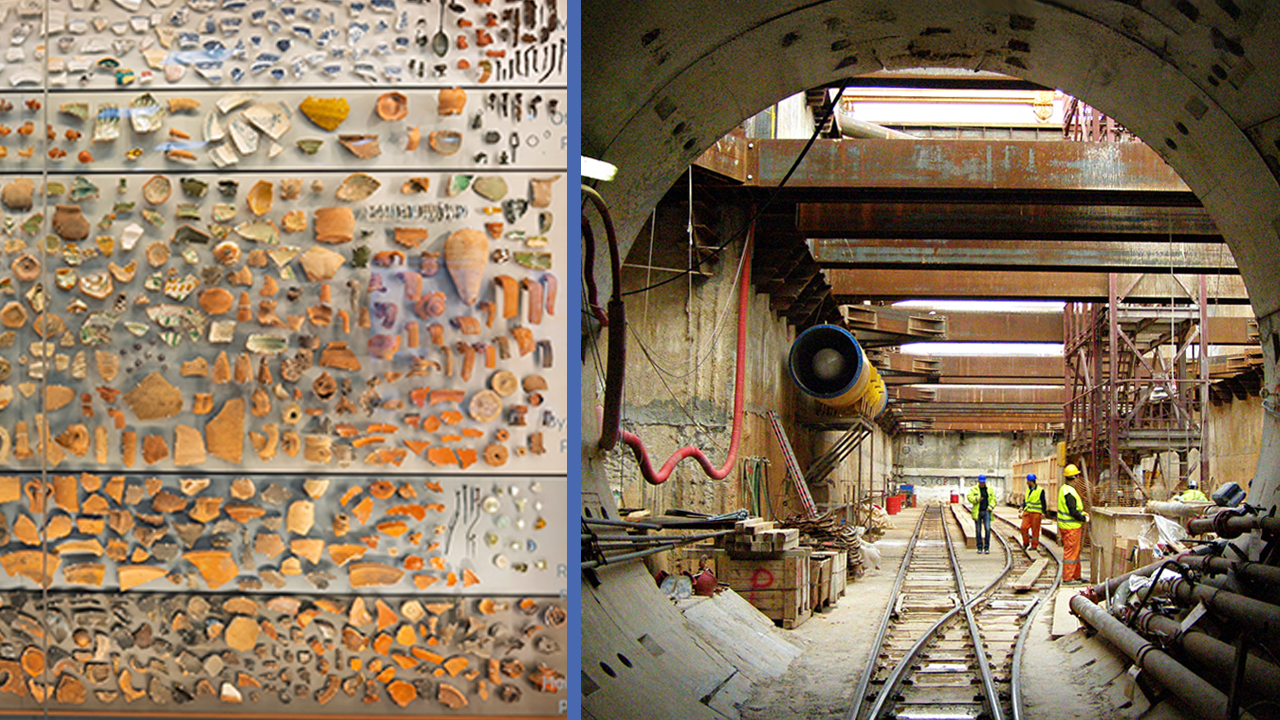Why Slovakia is Dismantling its Soviet-Era Nuclear Reactors
- Youtube Views 533,214 VIDEO VIEWS
Video narrated and hosted by Fred Mills. This video contains paid promotion for Masterworks.
WHAT happens when a giant nuclear reactor comes to the end of its life? More than half of these hugely complex systems are now over 30 years old, and many have already been running for longer than they were supposed to.
The answer sounds simple at first — you take it apart. But how do you dismantle something this big and hazardous, and why are some projects taking decades to complete?
Let’s take a look inside one power plant that’s set a new standard for nuclear decommissioning to see how it’s done.
Here to stay
If you thought nuclear power was mostly a thing of the past, think again. Right now, there are more than 400 active nuclear reactors worldwide, and that number could grow significantly.
It’s a type of energy that’s now considered much cleaner than fossil fuels when combined with renewables, even when you factor in the waste.
That’s why there’s been a drive to build more power plants and maintain the ones we’ve got. But therein lies the problem. By 2050, almost 50% of the reactors currently in use worldwide are set to begin decommissioning.

Above: Hundreds of nuclear reactors are currently in operation around the world.
In brief terms, decommissioning is the process of dismantling a nuclear reactor, or facility, when it’s no longer needed.
It involves removing the fuel, breaking down the various structures and components, extracting all the hazardous materials and doing lots of decontamination. Afterwards, the site can either be used to put new reactors in, or for something else entirely.
Why would a reactor be decommissioned? Well, it could be down to new regulations, running costs or maybe it’s in a country that’s decided to phase out nuclear completely — like Germany or Italy.
This power plant elsewhere in Europe, however, is being decommissioned for a different reason. When Slovakia joined the European Union in 2004, it did so under one key condition.
Formerly part of Czechoslovakia, a satellite state of the USSR, it would have to disassemble all of the Soviet-era reactors it still had in operation, which no longer met the EU’s safety standards.
A pair of reactors at the V1 Nuclear Power Plant in Bohunice, which had been running since 1978, were unfortunately on the list.
Under pressure
They were among the first WWER reactors — a type of pressurised water design — to come out of the Soviet Union.
Over almost three decades of operation they supplied enough electricity to power the entire country for five years.
But after the Chernobyl disaster in 1986, the safety of early Soviet reactors became a big concern for the EU.
The two units were switched off in 2006 and 2008, decommissioning began in 2011 and by 2022, both reactors had been fully dismantled.

Above: A schematic of the type of nuclear reactor used at Bohunice V1. Source: JAVYS.
As well as being paid for by Slovakia, seven other countries have contributed to a support fund managed by the European Bank for Reconstruction and Development.
In total, the project is expected to cost around USD $1.3BN and is being carried out by Slovakia’s state-owned nuclear company.
So, how exactly did they dismantle them? Well, we’re not going to go over every nut and bolt because that would take some time. Instead, here’s a summary of the key phases.
Breaking it down
First up was the removal of all the systems and buildings that were no longer needed to support the dismantling of the remaining equipment.
These included the turbines, the transformers and the switchboards. At the same time, radioactive waste from the operation of the reactor was processed. More on that in a bit.
After a few years of this, work began on demolishing some of the structures that are more visible from outside, like the cooling towers.
They were 120-metres tall and there were four of them, leaving behind 50,000 cubic metres of concrete — most of which was recycled or used to backfill the holes.

Above: Several giant cooling towers had to be knocked down as part of the process. Image courtesy of JAVYS.
On to stage two, which is where we find the really interesting stuff, starting with arguably the most critical component of all — the reactor pressure vessel.
Inside this is where you’ll find the coolant, followed by the core itself. Yes, that’s by far the most radioactive section of the entire plant — where the atomic fission takes place, creating the heat that powers the whole system.
A giant crane was installed to remove the vessel from the reactor shaft before it was placed in a special pool. This is so it could be taken apart remotely beneath the surface.
Why? Because this part of the job involved segmenting highly radioactive waste and doing that underwater meant workers were shielded from radiation.
In the deep end
Before these pools could be built, however, they had to make space for them. That meant removing the steam generators, which required more heavy lifting.
Believe it or not, these are where steam is produced that’s used to turn the turbines, which then generate electricity.
At Bohunice, the generators were almost 12 metres long, weighing 145 tonnes. Oh, and there were six of them on each reactor.
Each one had to be transported across the facility to the former turbine hall, where they were fragmented — in other words, chopped into pieces.
Massive circular saws were needed to slice through the 140mm-thick steel casings, and the more than 5,000 heat exchange tubes inside each one.

Above: The steam generators were sent off for fragmentation on the back of specialised vehicles. Image courtesy of JAVYS.
Even with the reactors taken out, the shafts left behind also had to be broken down. That’s because the concrete had become radioactive too. The solution was to cut it into blocks, smash them up with a hydraulic hammer and send the rubble away for storage.
Of the more than 800,000 tonnes of material that had to be sorted through, radioactive waste amounted to less than 1%. It’s still quite a lot, though, when you do the maths.
So, how did they get rid of it? By sending it to the waste treatment centre that happens to be on the same site.
Here, the waste is either separated, incinerated, compressed, or a combination of all three, before it’s packaged up and placed in containers.
These are then sent off to a repository like the one at Mochovce to the east, where the waste is sealed in reinforced concrete boxes surrounded by multiple barriers.
Elsewhere in Europe...
As well as storage facilities like this, there are fuel processing plants which also have to be decommissioned when the time is right. France has one of the biggest — at La Hague, which is currently going through the process.
What are the differences between this and a reactor site? Well, because there’s a lot more radioactivity to deal with here, a lot of the clean-up is done via remotely operated vehicles and robotic equipment.
Where humans are allowed inside, contamination is everywhere, including on the walls. To remove it, special resins are applied to surfaces, which are then peeled off, bringing all the nasty stuff with it.

Above: In La Hague, robots are used to clean up in areas too radioactive for humans. Image courtesy of IAEA.
Back to Bohunice, and the plan is to have the entire site cleared so it can be reused for non-nuclear industrial activities by 2027.
In the meantime, because it became the first plant worldwide to decommission a reactor of this type, its team of experts are now sharing their experience.
With countries from Armenia to Uzbekistan now planning similar projects, learning lessons from Slovakia could give them a big head start.
Decommissioning by design
Overall, decommissioning is an immense job — made even harder by the fact most reactors weren’t built with it in mind.
But things are starting to change. Some countries, like Canada, have taken steps to ensure any new facilities are designed with end-of-life as a priority, instead of an afterthought.
Then there’s the rise of small modular reactors — an advanced and compact new alternative to traditional reactors, which many consider to be the future of energy.
They can be installed and — crucially — disassembled far more easily than the ones we’ve just seen, although they’re yet to be fully adopted.
So, while decommissioning is a huge hassle at the moment, that might not be the case for much longer.
Which is just as well, because if nuclear is to become the major source of clean energy that many expect it to be, we’re gonna need to plan ahead.
This video and article contain paid promotion for Masterworks, you can skip their waitlist here.
Video narrated and hosted by Fred Mills. Special thanks to the European Bank for Reconstruction and Development (EBRD) and International Atomic Energy Agency (IAEA). Additional footage and images courtesy of EBRD, IAEA, JAVYS, Entenergy Corporation, Georgia Power, Ultra Safe Nuclear and U.S. Department of Energy.
We welcome you sharing our content to inspire others, but please be nice and play by our rules.







